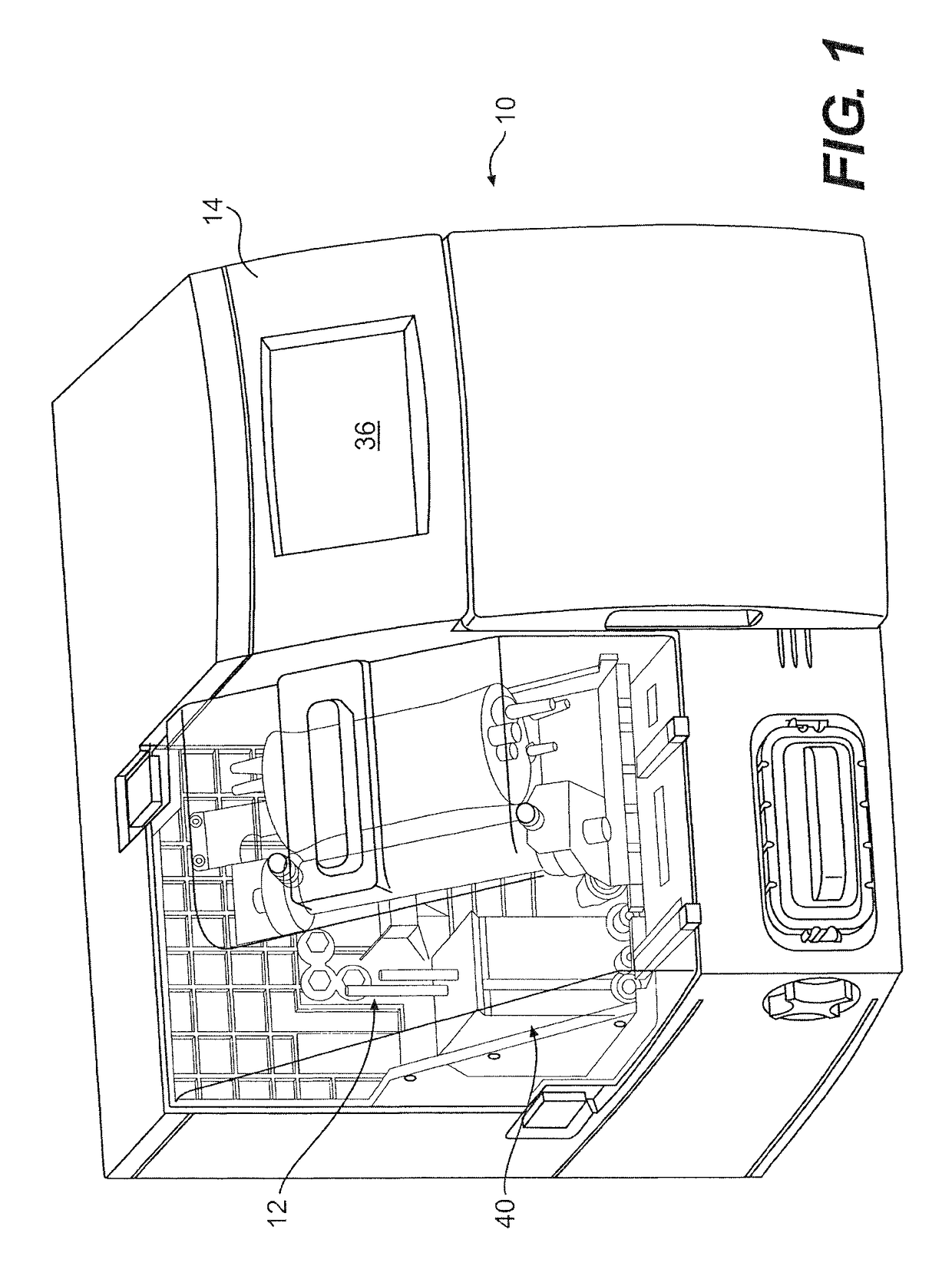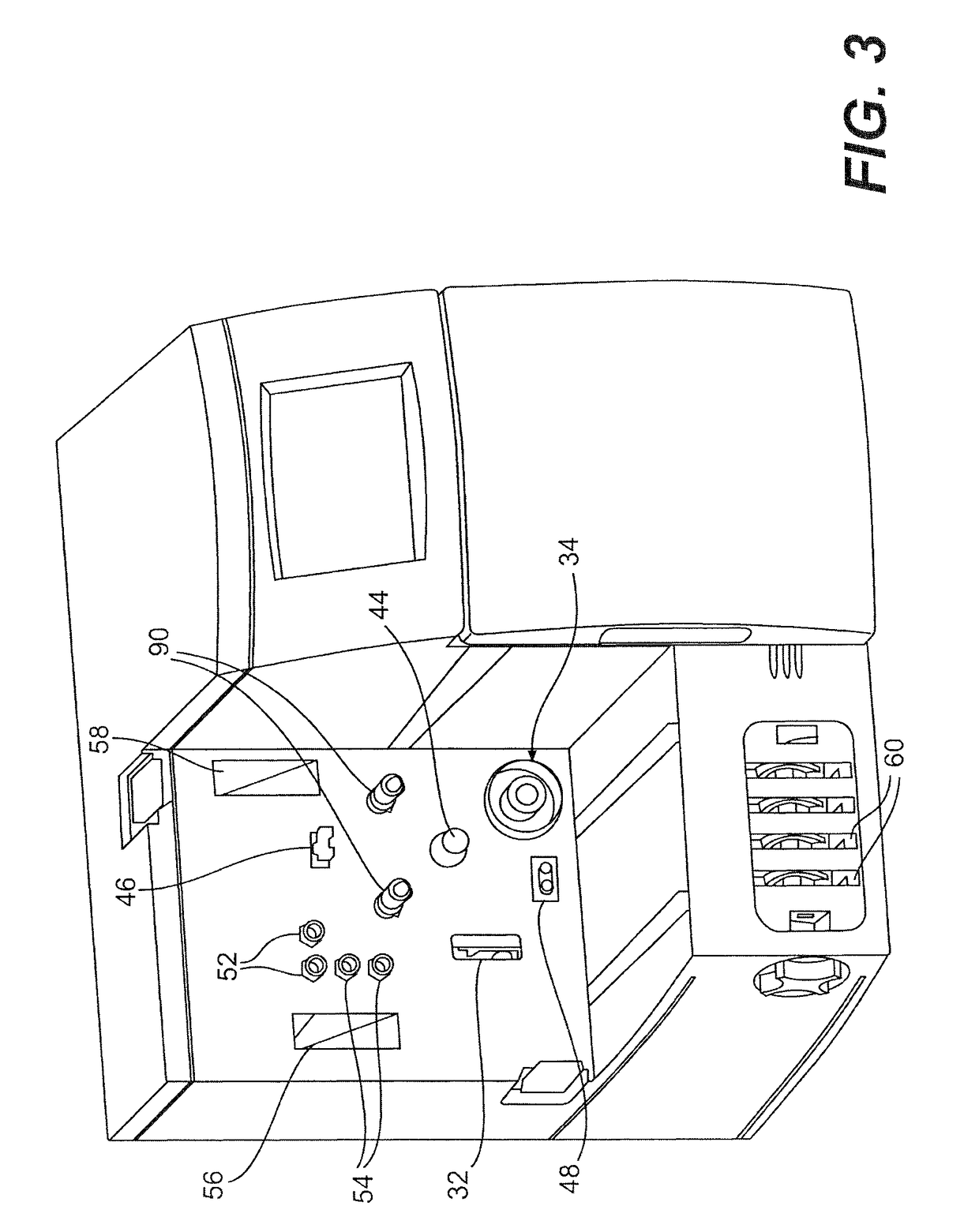Method and apparatus for virus and vaccine production
a technology for vaccines and methods, applied in the field of methods and equipment for virus and vaccine production, can solve the problems of high impurity levels, low yield and high impurity levels, and is difficult to produce efficiently with traditional large-scale manufacturing techniques, etc., to achieve cost-effectiveness, eliminate the need for cleaning and reuse, and facilitate direct applicability to therapies and production
- Summary
- Abstract
- Description
- Claims
- Application Information
AI Technical Summary
Benefits of technology
Problems solved by technology
Method used
Image
Examples
embodiment 1
[0093]A method for the production of virus and virus-like particles (VLP), comprising culturing virus-infected cells in a cell culture bioreactor comprising a first compartment, a second compartment, and a membrane separating the first and second compartments, wherein the cells are cultured in the first compartment under conditions that allow for regulating the concentration of a molecule inhibitory to virus or VLP yield from the cells within the first compartment, and allow for production of the virus or VLP at a yield greater than that achieved in the absence of said regulation.
embodiment 2
[0094]The method of embodiment 1, wherein the bioreactor is a hollow fiber bioreactor, the first compartment is an extracapillary (EC) space, the second compartment is an intracapillary (IC) space, and the membrane comprises a hollow fiber membrane.
embodiment 3
[0095]The method of embodiment 1, wherein the bioreactor is a hollow fiber bioreactor, the first compartment is intracapillary (IC) space, the second compartment is an extracapillary (EC) space, and the membrane comprises a hollow fiber membrane.
PUM
| Property | Measurement | Unit |
|---|---|---|
| temperature | aaaaa | aaaaa |
| diameter | aaaaa | aaaaa |
| pore size | aaaaa | aaaaa |
Abstract
Description
Claims
Application Information
 Login to View More
Login to View More - R&D
- Intellectual Property
- Life Sciences
- Materials
- Tech Scout
- Unparalleled Data Quality
- Higher Quality Content
- 60% Fewer Hallucinations
Browse by: Latest US Patents, China's latest patents, Technical Efficacy Thesaurus, Application Domain, Technology Topic, Popular Technical Reports.
© 2025 PatSnap. All rights reserved.Legal|Privacy policy|Modern Slavery Act Transparency Statement|Sitemap|About US| Contact US: help@patsnap.com



